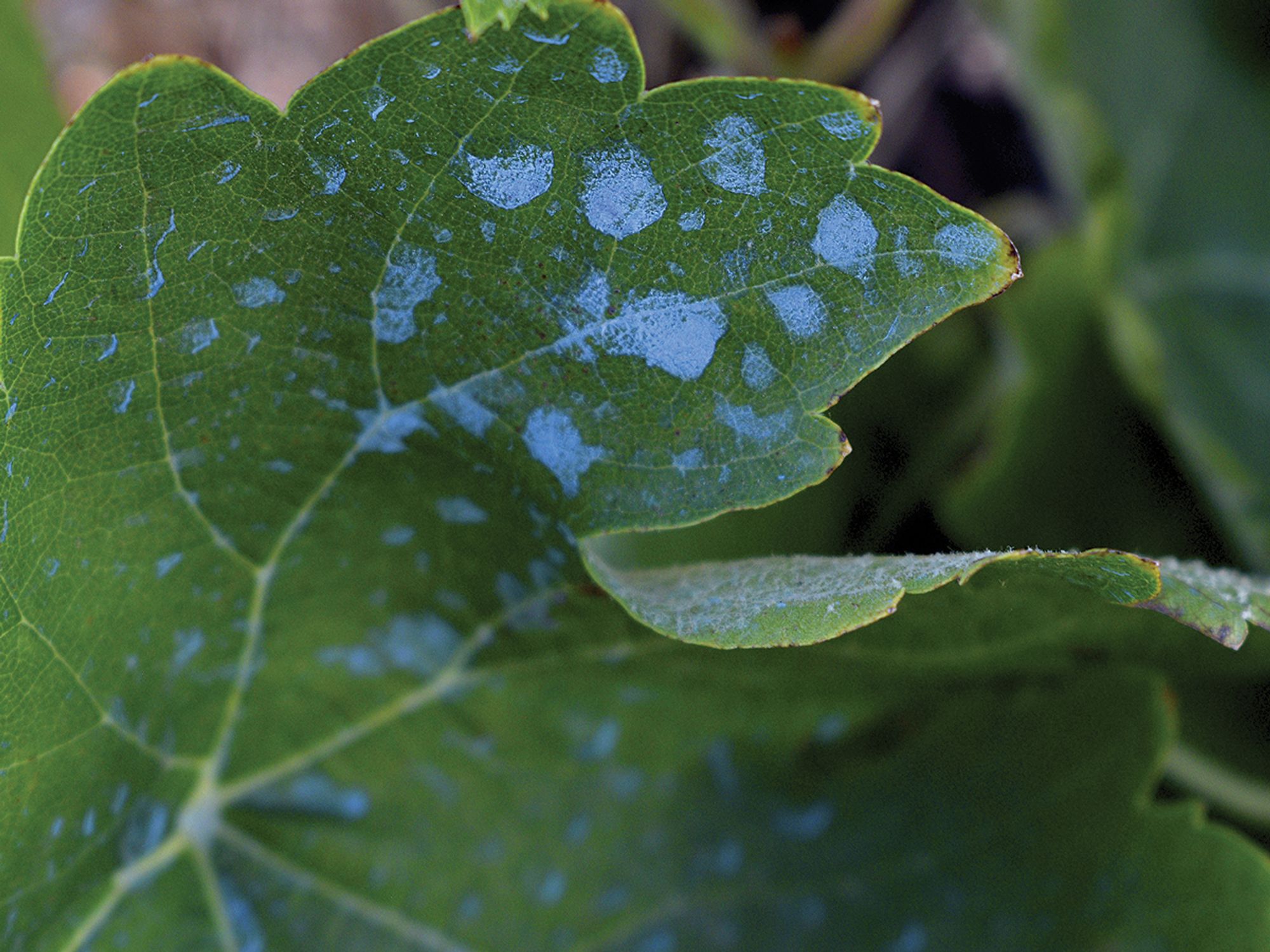Other key definitions

- Various terms are crucial to understanding pesticide laws and regulations.
Active ingredient: The ingredient that prevents, destroys, repels, or mitigates a pest, or is a plant regulator, defoliant, desiccant, or nitrogen stabilizer.
Antimicrobial pesticide: A substance or mixture of substances that destroys or suppresses the growth of disease-causing microbes and pathogens including bacteria, viruses, or fungi.
Appurtenance: Any equipment or device which is used for the purpose of transferring a pesticide from a stationary pesticide container or to any refillable container, including but not limited to, hoses, fittings, plumbing, valves, gauges, pumps, and metering devices.
Biopesticides: Naturally occurring substances that control pests (i.e., biochemical pesticides), microorganisms that control pests (i.e., microbial pesticides), and pesticidal substances produced by plants containing added genetic material (i.e., plant-incorporated protectants (PIPs)).
Crop advisor: Any person who is assessing pest numbers or damage, pesticide distribution, or the status or requirements of agricultural plants. The term does not include any person who is performing hand labor tasks.
Early entry: Entry by a worker into a treated area on the agricultural establishment after a pesticide application is complete, but before any restricted-entry interval for the pesticide has expired.
Fumigant: Any pesticide product that is a vapor or gas, or forms a vapor or gas on application, and whose method of pesticidal action is through the gaseous state.
Inert ingredients: Ingredients in a pesticide that do not act as active ingredients.
Label: Any text or images printed directly on, or attached to, a pesticide product or its packaging.
Labeling: The label on a pesticide product, as well as any printed or written material that accompanies the product (for example, a booklet or manual). Labeling can also include material to which the label (or other labeling material) refers.
Minimum risk pesticide: A pesticide that poses little to no risk to human health or the environment and is therefore exempted by the Environmental Protection Agency (EPA) from the requirement that it be registered under the Federal Insecticide, Fungicide, and Rodenticide Act (FIFRA).
Restricted-entry interval: The time after the end of a pesticide application during which entry into the treated area is restricted.
Restricted use pesticide: A pesticide that is classified for restricted use under the provisions of FIFRA 3(d) and 40 CFR 152 Subpart I.
Rinsate: The liquid resulting from the rinsing of the interior of any equipment or container that has come in direct contact with any pesticide.
Rodenticide: A pesticide or poison used to kill rodents such as rats and mice. Common types of rodenticides include anticoagulant compounds as well as bromethalin, cholecalciferol, and zinc phosphide.
Runoff: Surface water leaving the target site.
Secondary containment unit: Any structure, including rigid diking, that is designed and constructed to intercept and contain pesticide spills and leaks and to prevent runoff and leaching from stationary pesticide containers.
Soil fumigants: Pesticides that are applied to soil that form a gas to control pests that live in the soil and may disrupt plant growth and crop production.
Toxicity: The property of a pesticide that refers to the degree to which the pesticide, and its degradates and metabolites, can cause an adverse physiological effect on an organism.
